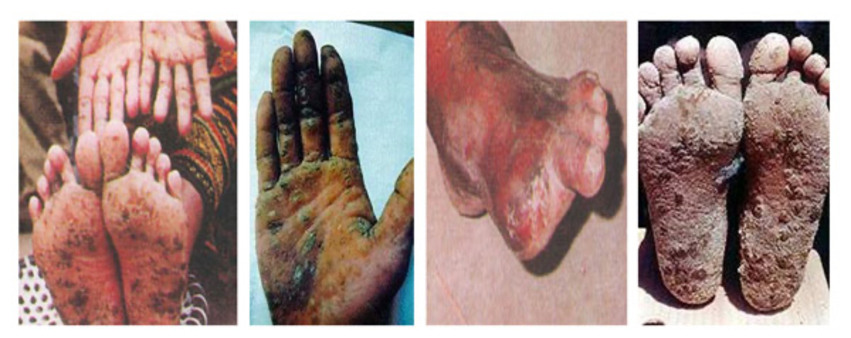Abul Mandal
School of Bioscience

Contamination with heavy metals, such as arsenics, is a severe threat to human health and the environment. The fundamental goal of this project is to develop a new variety of the strategically important crops such as rice and wheat for elimination or reduction of arsenic contamination in human foods and the environment. However, the long-term goal of the project is to protect several hundred million people around the world from severe diseases caused by arsenic poisoning through consumption of contaminated foods.
More than 500 million people worldwide are exposed to arsenic poisoning on a daily basis either through drinking water or consumption of contaminated foods. Long-term consumption of arsenic contaminated water and foods have been demonstrated to impact the environment and human health severely, resulting in many cancerous diseases, neurological and vascular disorders and system-wide organ damage or failure to function. The outcome of our research will contribute to relieve suffering from these lethal diseases like cancer and vascular disorders as well as from keratosis and gangrene.
The main purpose of this project is to study the key genes and develop new variety of cultivated crops designed to eliminate or reduce arsenic content in the edible parts. Also, arsenic contamination of human through meat/milk pathway will be eliminated, since most above ground parts of these crops e. g., straw are widely used as fodder for cattle, sheep and pigs. The crop varieties we target here are of high socioeconomic values such as the rice and wheat. These new crops will contribute to reduce arsenic content in foods to a safe level. By this way hundreds of millions of people around the world can avoid severe diseases caused by food-based arsenic poisoning and thus can improve the quality of their life. An example of the effects of exposure of arsenic on human health is presented in Figure 1.

Figure 1. Effect of long-term exposure of arsenics on development of severe diseases in human. Besides cancers, neurological and vascular disorders, keratosis and gangrene are the most common diseases caused by these pollutants.
